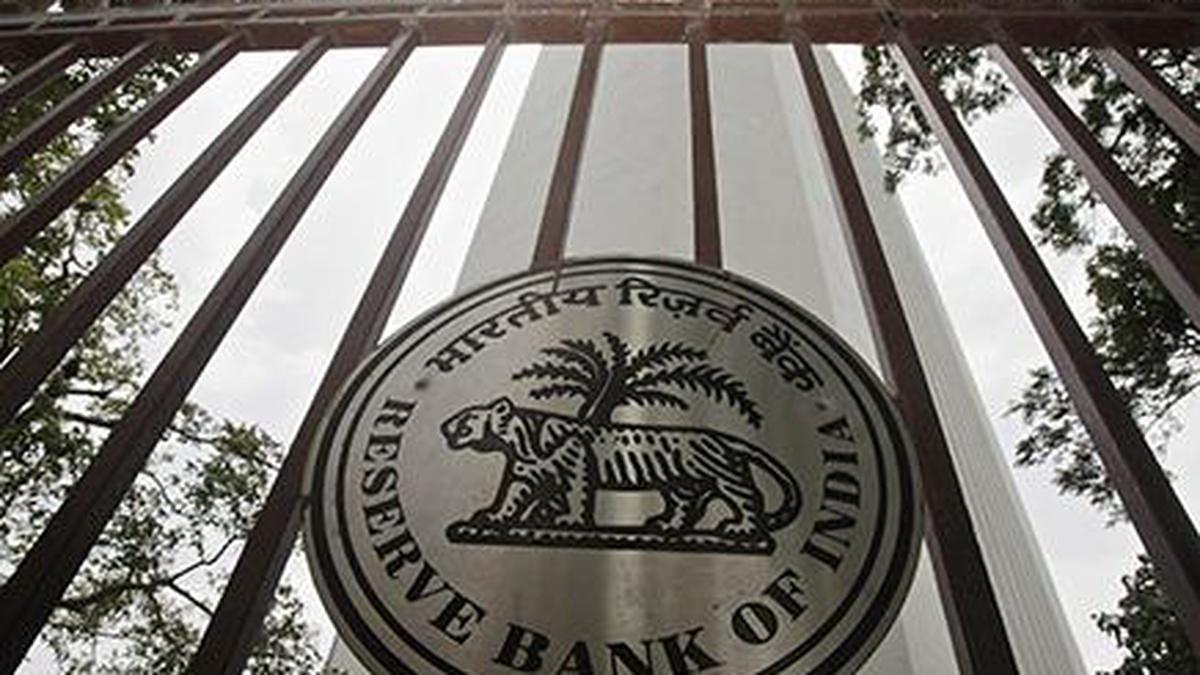RBI’s Master Direction on Microfinance Loans: Comprehensive Regulatory Framework for Inclusive Finance
Introduction
The Reserve Bank of India’s Master Direction on Regulatory Framework for Microfinance Loans establishes a comprehensive guideline for lenders engaged in providing small-ticket loans to low-income borrowers. This framework aims to enhance transparency, ensure responsible lending practices, and promote financial inclusion while protecting vulnerable borrowers from predatory practices.
What is the Microfinance Regulatory Framework?
The Microfinance Regulatory Framework outlines principles, operational guidelines, and compliance requirements for all regulated entities providing collateral-free microfinance loans. It establishes norms for borrower assessment, interest rate determination, recovery practices, and governance arrangements specific to the microfinance sector.
Why is Microfinance Regulation Required?
- Protects vulnerable borrowers from over-indebtedness and exploitative practices
- Ensures transparency in pricing and terms of microfinance loans
- Creates level playing field across different types of microfinance providers
- Promotes responsible lending and customer protection principles
- Maintains stability and integrity of the microfinance ecosystem
Key Requirements Under the Microfinance Framework
Definition and Classification
- Microfinance loans defined as collateral-free loans to households with annual household income up to ₹3,00,000
- Removal of prescribed lending caps, replaced by income-based assessments
- Harmonized definition applicable across all regulated entities
- Household income assessment methodology guidelines
Borrower Assessment and Loan Limits
- Fixed Obligation to Income Ratio (FOIR) capped at 50%
- Comprehensive assessment of household income and expenses
- Minimum, maximum, and average tenure requirements
- Maximum of two NBFC-MFIs lending to the same borrower
Pricing and Interest Rate Guidelines
- Elimination of interest rate caps, replaced by board-approved policies
- Requirement for risk-based pricing approach
- Transparent disclosure of all fees and charges
- Interest rate disclosure in annualized percentage terms
Recovery Mechanisms
- Prohibition of coercive recovery methods
- Standard recovery timing guidelines (between 6 AM to 7 PM)
- Respect for borrower privacy during collection
- Explicit prohibition of harassment or intimidation
Governance and Oversight
- Board responsibility for microfinance strategy
- Separate policy for microfinance operations
- Internal audit requirements for microfinance portfolio
- Customer grievance redressal mechanism
Disclosures and Reporting
- Standardized factsheet for borrowers
- Key fact statement in vernacular language
- Quarterly reporting to Credit Information Companies
- Disclosure of portfolio quality and operational metrics
Different Requirements Based on Entity Type
Scheduled Commercial Banks
- Integration of microfinance operations with priority sector lending
- Lead role in financial inclusion initiatives
- Branch network leveraging for microfinance delivery
- Combined approach for individual and group lending
NBFC-Microfinance Institutions (NBFC-MFIs)
- Minimum 75% of total assets as qualifying assets
- Net worth requirements of ₹5 crore (₹10 crore for Northeast region)
- Specialized governance structure focused on microfinance
- Qualifying asset criteria compliance
Small Finance Banks
- Higher microfinance portfolio targets
- Branch presence in unbanked/underbanked areas
- Integration with broader financial inclusion mandates
- Leveraging technology for outreach
NBFCs by Asset Size
- NBFC-Upper Layer: Requirements similar to NBFC-MFIs
- NBFC-Middle Layer: Modified governance requirements
- NBFC-Base Layer: Basic compliance with core principles
Penalties for Non-Compliance
- Monetary penalties up to ₹1 crore for systemic violations
- Restrictions on further microfinance lending
- Enhanced supervisory engagement and action plans
- Impact on regulatory ratings and approvals
- Potential cancellation of NBFC-MFI registration
Recent Updates and Amendments
- Harmonized regulatory framework across all lenders
- Shift from prescriptive to principle-based regulation
- Removal of interest rate caps and margin caps
- Enhanced borrower protection measures
- Digital lending integration guidelines
Industry Best Practices
- Digital financial literacy initiatives for borrowers
- Cashless disbursement and collection mechanisms
- Mobile-based transaction monitoring for customers
- Specialized credit scoring for informal income assessment
- Grievance redressal through multiple channels
Conclusion
RBI’s Master Direction on Microfinance Loans represents a significant evolution in microfinance regulation, moving from prescriptive rules to principle-based oversight. This approach aims to balance borrower protection with market innovation, ensuring microfinance continues to serve as a vital tool for financial inclusion and socioeconomic development.














